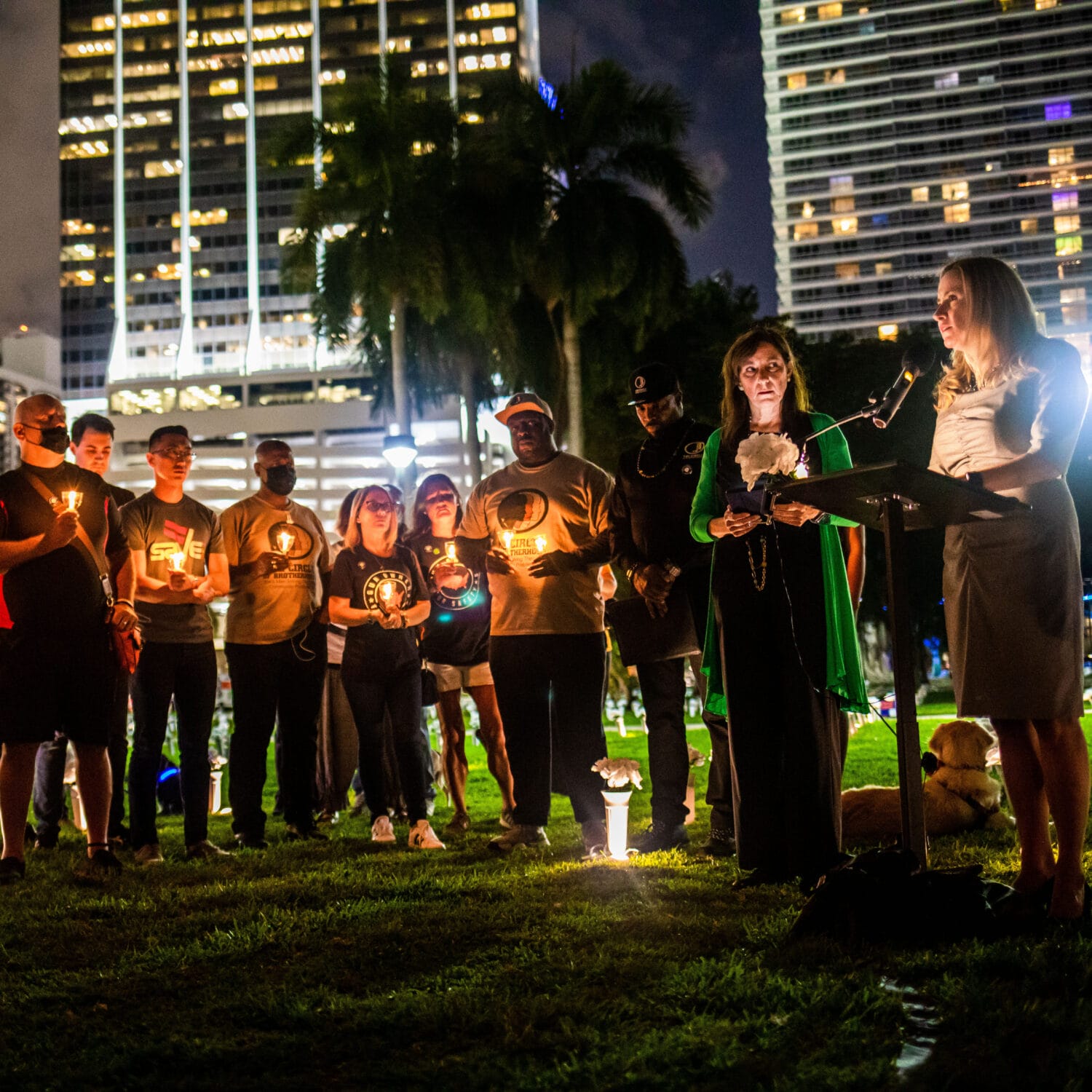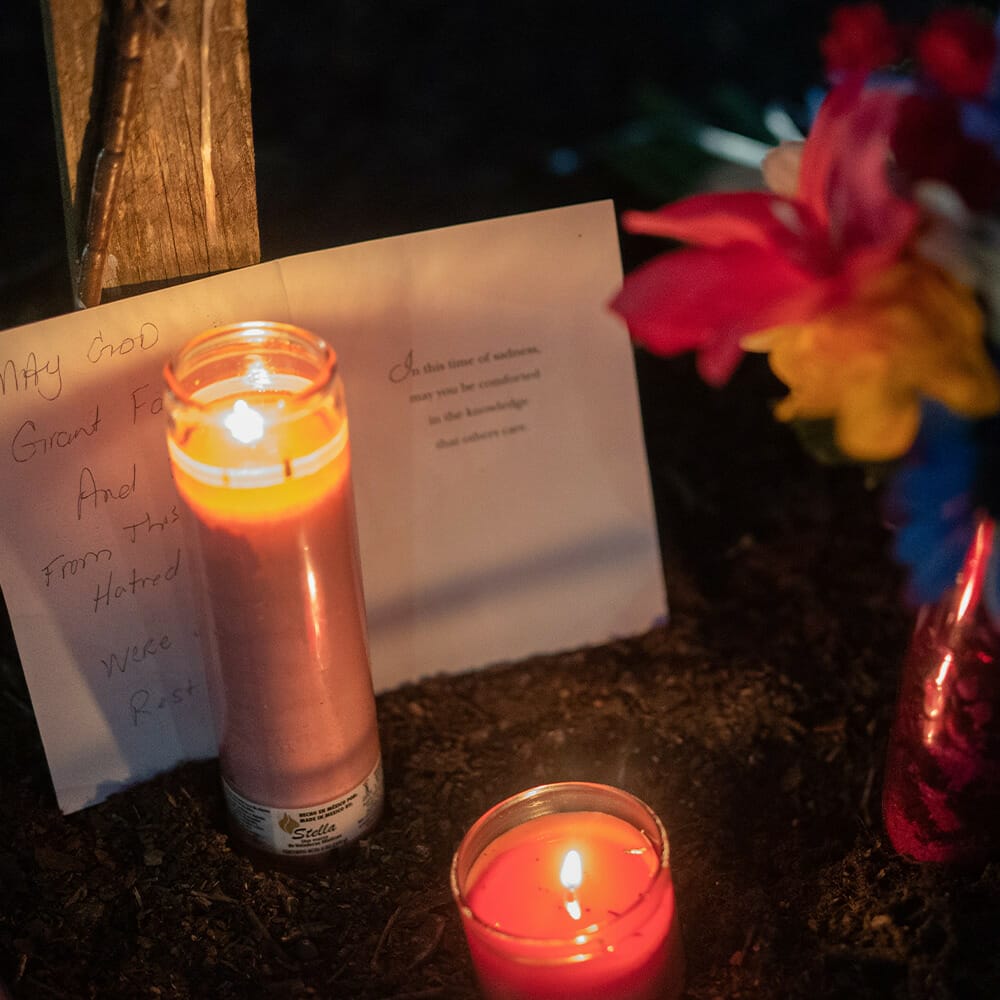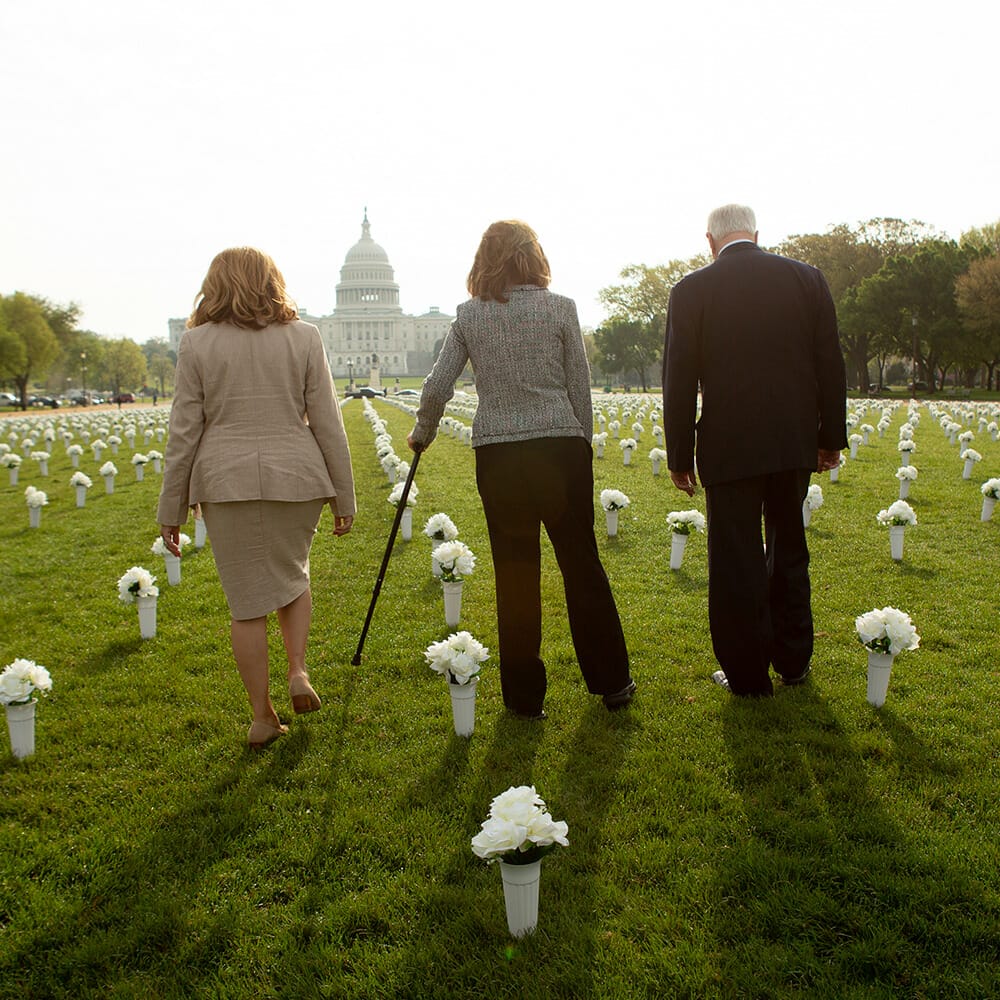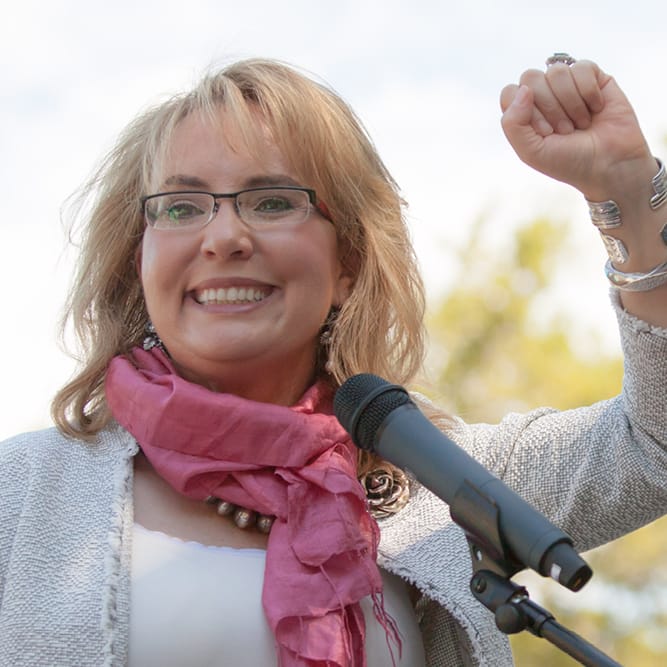
We Can Combat Summer Gun Violence Surges
Every summer, as temperatures rise, gun violence rates spike. But this isn’t a new problem—and we know how to fix it.
It’s no secret that gun violence tends to increase over the summer months.
As the heat rises, so does the number of shootings in our communities—data shows that violence related to firearms consistently spikes across the US during the summer months.
Americans were confronted with this reality on July 4, 2022, after a mass shooter targeted a parade in Highland Park, Illinois. On a day filled with celebration, seven people were killed and dozens were injured, another community left shaken and afraid. But two years later, the headlines remain the same, with mass shootings over the Independence Day long weekend in Michigan, Kentucky, and Illinois.
Unfortunately, mass shootings aren’t the only type of gun violence we see spike in warmer months. Everyday shootings in city neighborhoods increase as well. On the Fourth of July weekend alone in Chicago this year, 109 people were shot and 19 were killed.
Year after year, rising gun violence takes over the summer headlines—and ultimately the American summer. But it doesn’t have to. We know the policies that will effectively reduce gun violence. We just need to enact them.
Historically, gun violence rates spike over the summer months, with the Fourth of July weekend seeing the highest number of firearm-related incidents in the year. This phenomenon is influenced by a variety of factors, from rising temperatures to increased outdoor activity. There has long been a direct relationship between hotter weather and increased gun violence: As the days heat up, stress levels also rise—making conflicts more likely.
We especially see this in under-resourced communities where people don’t have easy access to air conditioning, particularly in cities. Residents, who are often Black and Latino, are forced to hang out in public spaces like porches and parks to escape the heat indoors.
In turn, they’re more exposed to the everyday shootings that contribute to community violence—after all, with everyone outside, there are more face-to-face interactions which can lead to disputes that may turn violent. Weak gun laws only fuel this violence and continue the deadly cycle.
And without a structured school day in the summer, it’s more likely that children will be exposed to potentially violent situations. While young people are often blamed for causing gun violence, they are much more likely to be victims. In fact, gun violence is now the leading cause of death among children and teenagers in the US.
This summer, America’s gun violence crisis was underscored when the US Surgeon General declared gun violence a public health crisis for the first time. This announcement and recognition emphasizes the brutal impact gun violence has on its victims and calls for a public health approach to address it.
Of course, in order to address gun violence, we must start at the root of the problem: our country’s patchwork of gun safety laws and how easy it is for anyone to get their hands on a gun.
It’s worth noting, however, that summer 2024 shows a promising decline in gun violence compared to past summers. Data on gun violence on the Fourth of July weekend this year also follows the positive downward trend—reaching a five-year low. This is encouraging, but it doesn’t necessarily mean a broader decline. In the meantime, we need to address the violence that is occurring.
TAKE ACTION
The gun safety movement is on the march: Americans from different background are united in standing up for safer schools and communities. Join us to make your voice heard and power our next wave of victories.
GET INVOLVED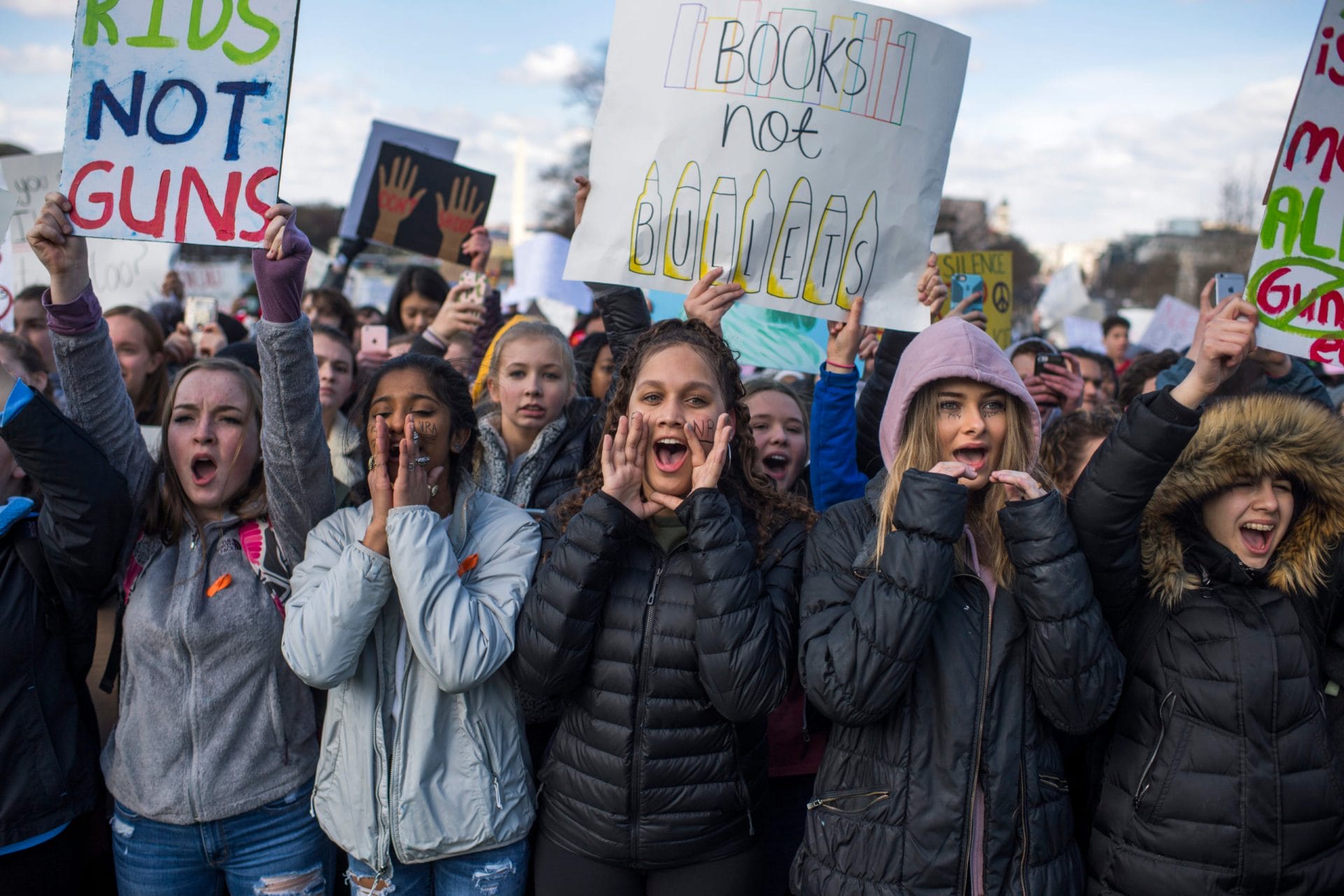
This summer, Americans are—finally—experiencing less gun violence than in recent years. Data from cities like Philadelphia, Detroit, Washington DC, Baltimore, and Milwaukee shows a decrease in shootings so far this year. To continue this trend, we must focus on solutions we know reduce gun violence, including passing stronger gun safety laws and funding the crucial community violence intervention (CVI) work being done in our cities.
Implementing Stronger Gun Safety Laws
One of the best ways to fight gun violence is by implementing universal background checks and comprehensive firearms licensing. When universal background checks are enforced, it ensures that all firearm purchasers, no matter where they buy their guns, undergo a background check. Background checks keep guns out of the hands of people with proven risk factors, helping reduce gun violence.
Firearms licensing laws are similar to universal background checks, and ensure that gun owners have passed a background check before they purchase a gun. But instead of requiring a background check at the point of sale, licensing laws typically require an in-person application at law enforcement agencies—providing an additional safeguard against fraud or inaccuracies that could allow dangerous individuals to obtain guns. Both types of safety measures empower individuals to be safe and responsible gun owners and prevent guns from being used for violence.
Funding Community Violence Intervention Programs
Community violence intervention programs are another important tool to reduce the daily violence experienced in cities—especially in the summer. CVI work looks different across each city and state, but its core mission is the same: to build relationships and mediate conflicts by giving support and resources to help break the cycle of violence.
Black and Latino communities across America experience the pain and trauma of gun homicide at a disproportionate rate, often without support or resources. Although they make up less than a third of the US population, Black and Latino people account for over three-quarters of gun homicide victims.
CVI programs work to disrupt the cycles of violence felt in the most impacted communities by reaching out to those at highest risk of committing violence or being victims of violence.
These programs can take many forms: They can include case management, be based in hospitals, help make connections to social services, mediate conflicts, consist of outreach to those vulnerable of violent victimization, involve mentoring youth in neglected communities, and so much more.
But one thing is constant—this work is led by people who can leverage their credibility to develop relationships with community members and groups that might cause violence, with the goal of preventing its spread and building peace in a community.
Because of the nature of these programs, they are incredibly useful at reducing gun violence in cities and can help combat the tension that may come from people spending all day outside in the heat. Some cities offer safe spaces and activities for residents in their neighborhoods. Denver and Tacoma, for example, have introduced comprehensive youth summer programs to address increasing gun violence for young people in the summer. These programs give young people safe, organized spaces aimed to keep them away from violence.
Los Angeles County runs a program called Parks After Dark, which keeps parks open late during summer weekend evenings, with a similar goal. This successful program is focused on using community-based strategies to provide access to free recreation and resources, in turn helping build resilient communities and preventing young people from becoming involved in the criminal justice system.
We know that gun violence spikes during the summer, but we also know how to tackle it. Strong gun safety legislation and funding of evidence-based community violence intervention programs are effective and much-needed. States must implement laws and programs to protect our communities from the persistent tragedy of gun violence.
GET THE FACTS
Gun violence is a complex problem, and while there’s no one-size-fits-all solution, we must act. Our reports bring you the latest cutting-edge research and analysis about strategies to end our country’s gun violence crisis at every level.
Learn More

